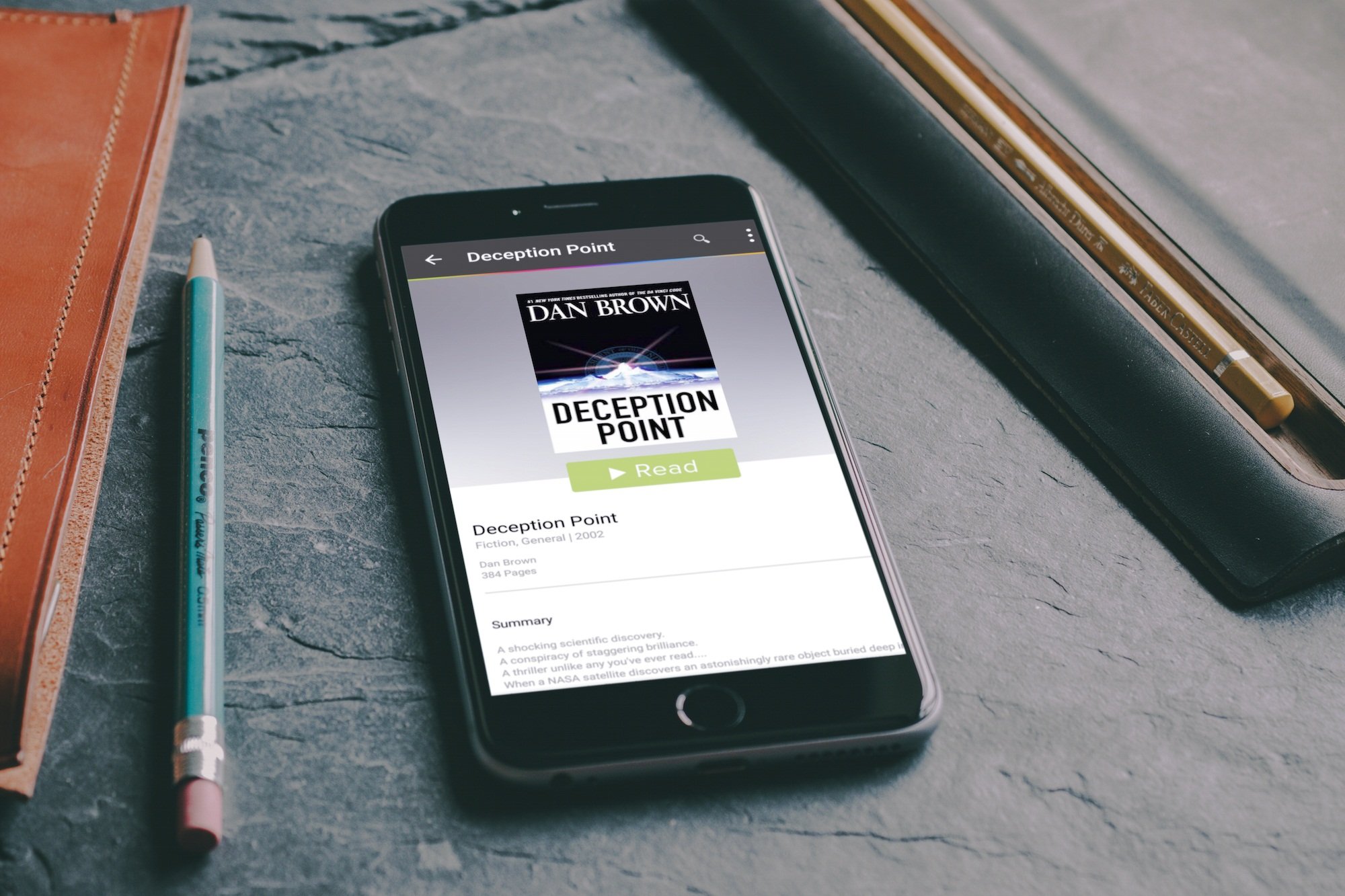
Only a few years ago we were alerted to breaking news through news flashes. Viewing would be interrupted to provide audiences with information on important issues and incidents. Nowadays, anyone with an internet connection can access news before it hits the airwaves. We no longer have to wait for news organizations to put together a broadcast. This has revolutionized the media and the news as we know it.
- Faster
News provided by reputable organizations has to be fact checked before distribution. This is true, whichever distribution channel is used. However, sending textual updates via social media is quicker than putting together a broadcast. Where facts have not been verified, news outlets tend to lead with ‘unconfirmed reports of’ or similar. So we’re still receiving information much quicker.
Video content can be compiled and distributed immediately via sites like YouTube or Facebook. There is now no need to wait to schedule footage with TV stations. This is useful for news items, features, and political debates, etc.
- Citizen Reporting
Members of the public have no rules imposed regarding fact checking. Therefore, individuals can report news as it is occurring. This also makes for a different kind of reporting. It makes it more personal and more immediate. We receive reports from victims, victims’ friends, and witnesses. This provides a rich source of information that would never have been possible previously. Hashtags aid this process and readers can pull together information from a wide range of viewpoints.
Of course, on the flip side, there is often no way of verifying information from individuals. Because they are not bound by strict codes, information can be less reliable. Some have been criticized for sharing too much online.
- Wider Coverage
One of the biggest changes to news is that it is now available to a much wider audience. Once it is posted online, it remains there until deleted. This provides people with longer to access and share it. We can now view footage from around the world, which wouldn’t have been possible previously.

Debates from organizations such as Foundation for Defense of Democracies can be shared worldwide. Anyone with an internet connection can access them. Viewers around the world can then comment and enter the discussion. This information is invaluable in dealing with global issues and threats such as terrorism.
- Photographs And Footage
Cell phones, tablets, and other portable devices have also changed the face of news. Because social media apps are available on these devices, posts can be uploaded immediately. Most people with a smartphone have instant access to a camera and video camera. This allows them to take photos and video footage of events as they are occurring. This provides vital information to law enforcement agencies, media outlets, and the general viewer. In some cases, this can provide urgent data that could potentially save lives. And again, from a content point of view, it is a rich, and personal source of information.
It has been argued that the advent of social media has degraded the quality of news. Because anyone is now a potential reporter, quality is sometimes compromised. However, most viewers can assess information and its validity. And therefore, personal reports and content only add to and enrich the news.
